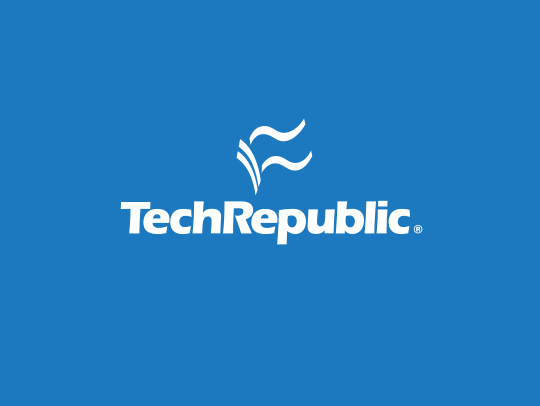
Hardware
HardwareIT Professionals find certainty at the Edge
Schneider Electric EcoStruxure Micro Data Centre solutions help IT professionals install and manage edge networking and computing simply, reliably, and predictably by combining power, cooling, physical security, and management software and services into prepackaged rack solutions that can be deployed globally in any environment. Subscribe to the Innovation Insider Newsletter Catch up on the latest ...





.jpg)